China took a rural village at the foot of the Great Wall, turned it into a replica of an ancient canal town, and now charges tourists $13 to get in take a look
Marielle Descalsota

- Gubei is a man-made canal town located two hours from Beijing's city center.
- Launched in 2014, it's is the first and only canal town in northern China.
Beijing, the capital of China, is world-famous for its business district, but there are several traditional towns within the city, too.

Beijing covers a land area of 16,411 square kilometers (around 6,336 square miles) in the eastern part of China. The sprawling metropolis is home to more than 20 million people.
But on the outskirts of the city are several canal towns that are full of sprawling canals and pagoda-style buildings.
One of Beijing's most famous canal towns is Gubei. It's two hours from the city center — and unlike other canal towns, Gubei is man-made.
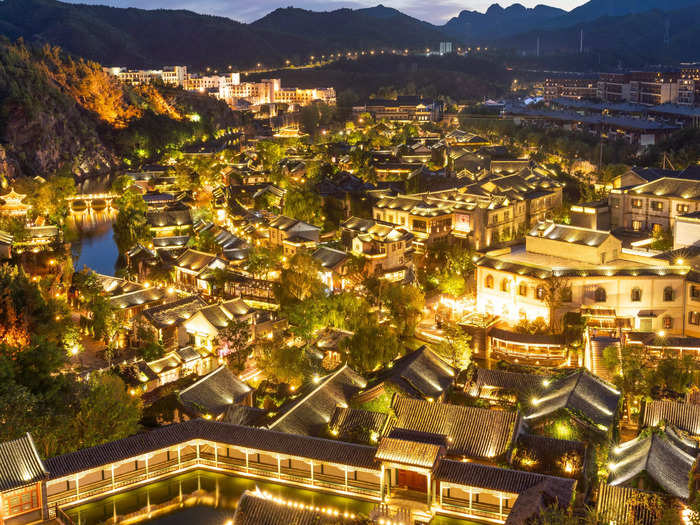
Gubei is located in Simitai Village. It covers an area of nine square kilometers (three square miles). It's the only canal town in northern China, according to Beijing-based magazine That's Mags.
While it has drawn comparisons to Western cities like Venice, Chinese media reports indicate Gubei is modeled after Chinese canal towns. One report said Gubei is designed to resemble Suzhou, a city in eastern China known for its natural waterways. Another said the canal town is a replica of Wuzhen in southern China.
"The town sometimes is referred to as 'the Oriental Venice,'" Wen-Chi Liao, an associate professor at Singapore's NUS Business School, told Insider. In spite of Gubei's nickname likening it to Venice, Liao said the town was created to bolster China's "cultural identity," rather than to imitate Western canal towns.
Several investment companies and the local government funded the construction of Gubei, according to tour website Tour Beijing.
The village where Gubei was built is at the foot of the Great Wall of China.
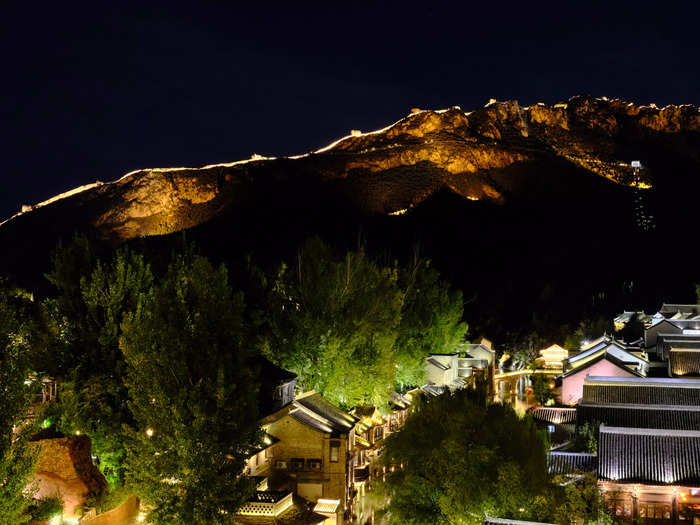
Simitai Village is on the cusp of the Gubeikou, one of the most historically important passes of the Great Wall of China. The massive structure was built during the Ming Dynasty to fend off Mongol invaders.
Stretching over 4,000 miles, part of the wall can be seen from Gubei itself (pictured above).
Gubei is located in a valley and initially, it was a cluster of villages.
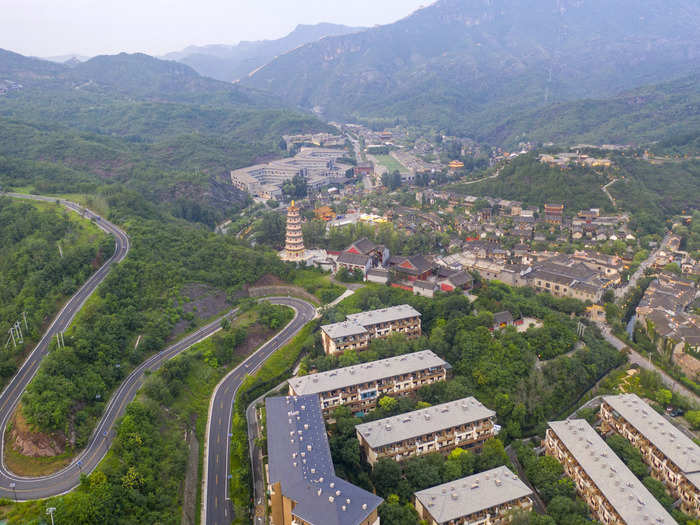
The local government relocated these villages from Simitai's mountains to the flat valleys in 2007, per Tour Beijing.
More than 1,400 villagers were relocated to live in the canal town, many of whom still live there.
Officially named "Ancient Gubei Water Town," the tourist attraction was opened in 2014. Before that, the water from Gubei's canals was used to cultivate farmland.
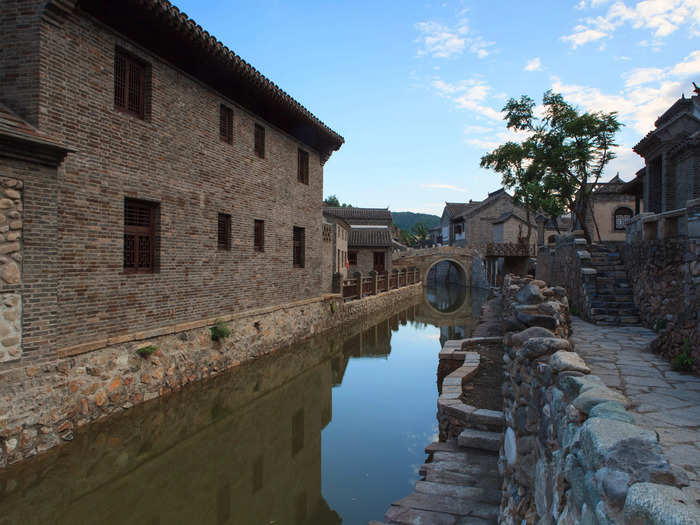
Gubei is built on a reservoir called the Mandarin Duck Lake. The reservoir's waters were previously used to grow farmland, reported New York-based publication Sup China. Tourists now hire boats to ride down the artificial streams.
The government now charges 80 yuan ($12.80) to enter the town.
It has gotten rave reviews from tourists, with some saying it is "stunning" and one of the best sites in Beijing.
Singaporean YouTuber and former architect Soh Zhi Qin told Insider the area was "well put together." He posted a video of his trip to Gubei on YouTube in November.
"China normally exaggerates structures, making you feel like you're lost," Soh said. "But Gubei was sort of scaled down to a point that I could appreciate it," he added.
While the town's buildings look like ancient Chinese structures, most of the structures were built between 2010 and 2014.
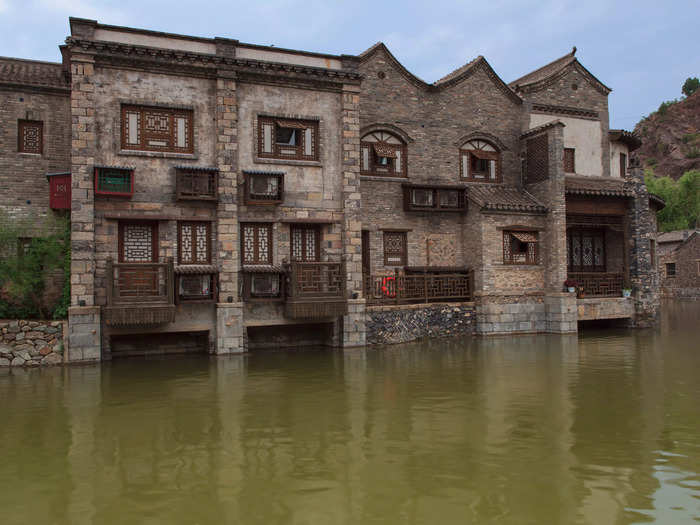
Some walls were even smeared with mud to create a "well-worn" design so the buildings would look older.
Apart from vernacular brick structures that resemble ancient buildings in northwestern China (pictured above), other pagoda-esque buildings look like they are from the imperial era, per tour website China Highlights.
"Given the strong aspiration of the Chinese for their own cultural identity, the initiation of developments that resembles the style of ancient towns was unsurprising," said Liao. "Walled cities are torn down, and historic buildings [have to be] demolished," he added.
While Venice's canals are infamous for their stench, Soh said the Gubei canals were odorless.
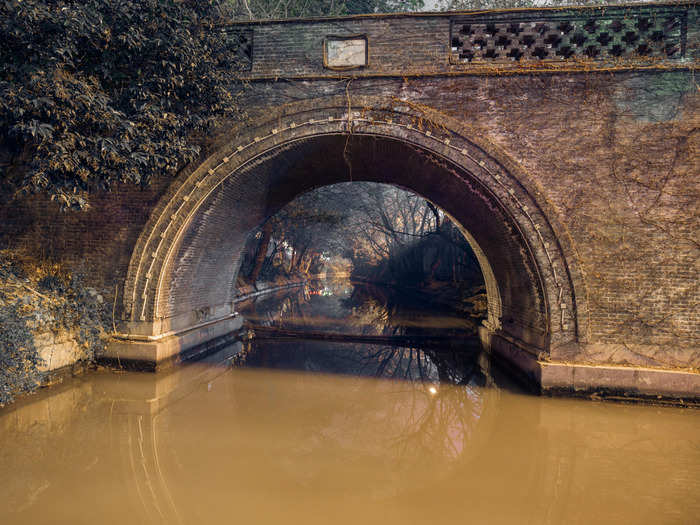
Venice and Gubei both have man-made canals. In Venice, the algae causes a stench that resembles rotting vegetation, per The Guardian. Sulphur and nitric fumes also contribute to the smell.
But in Gubei, the waters were scentless, said Soh.
"There weren't as many gondolas and it doesn't smell as bad," Soh, a former architect who studied Roman canal towns, said. "All water from the mountains and the dam — it was awesome."
Gubei is also known for its hot spring resorts.
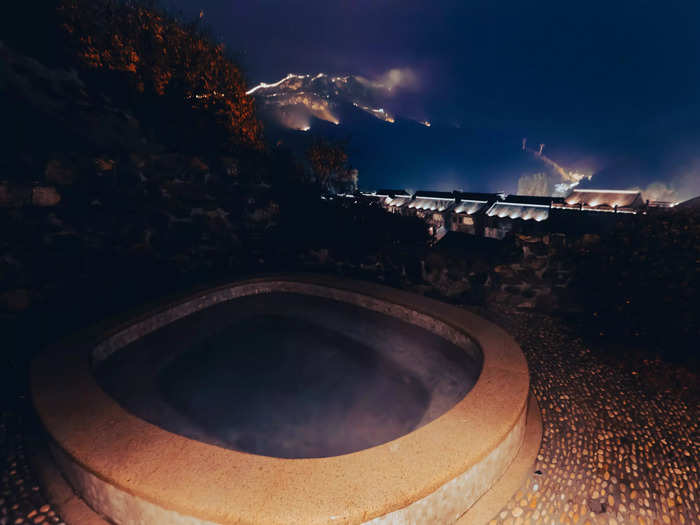
The canal town has hundreds of accommodations, including two luxury hotels, six small boutique hotels, and 400 inns, according to China Highlights.
Many tourists also enjoy the hot springs, said Soh, some of which are located outdoors.
"It felt like the entire town was a hot spring inn," said Soh. "That was my favorite part about it."
READ MORE ARTICLES ON
Popular Right Now
Popular Keywords
Advertisement